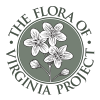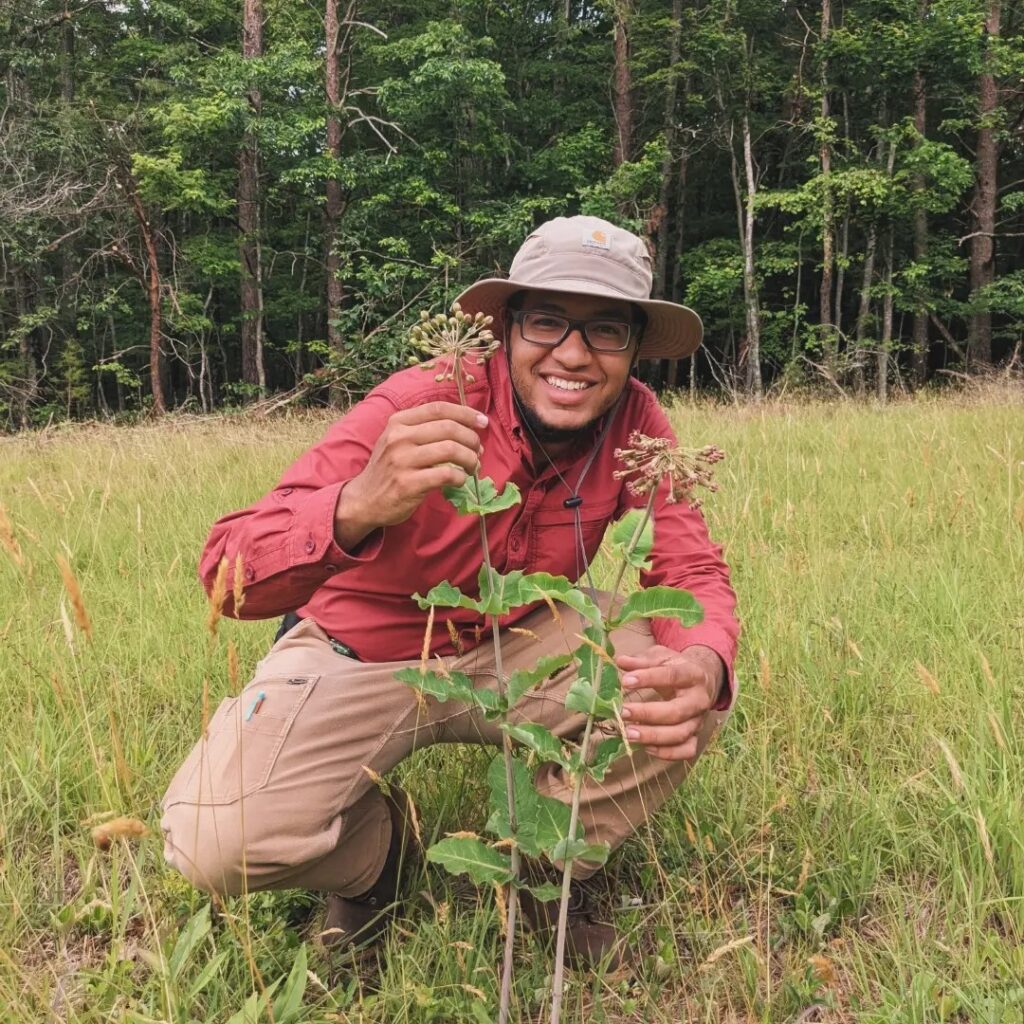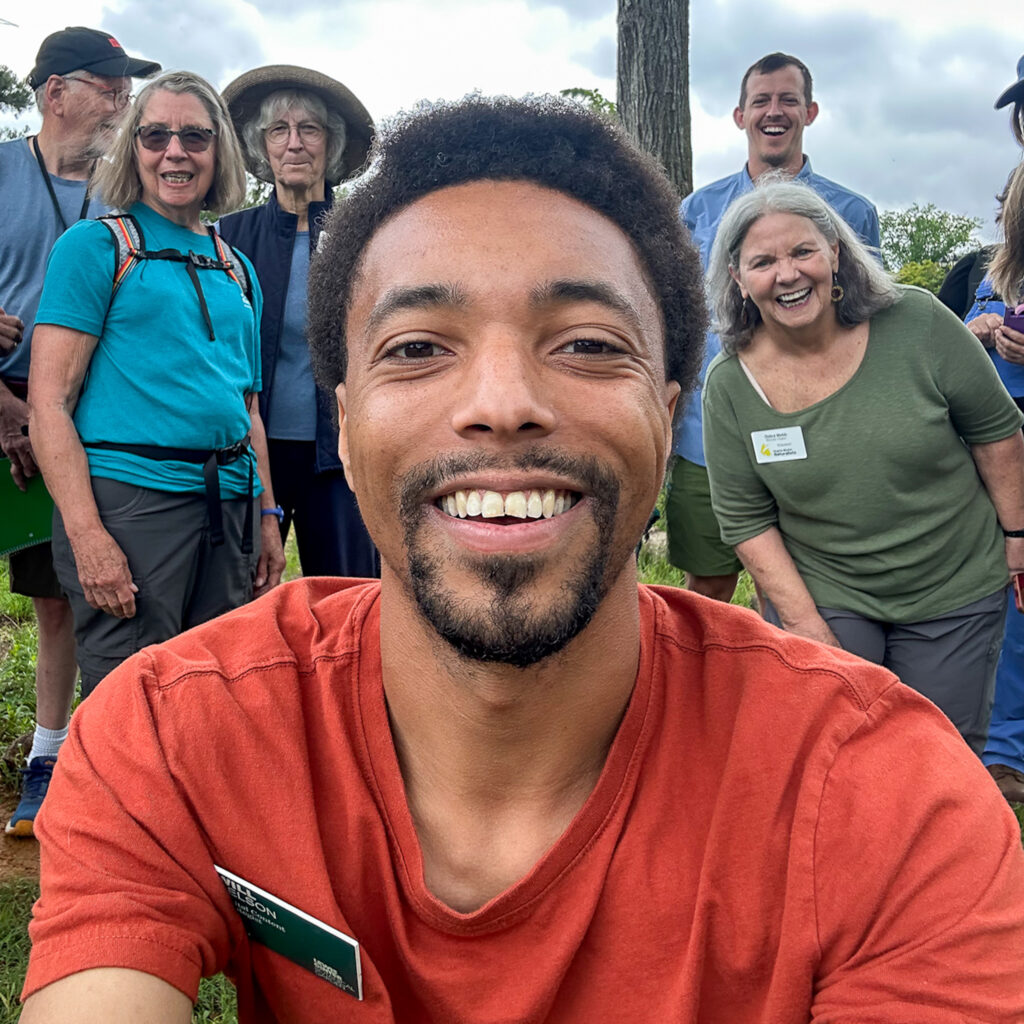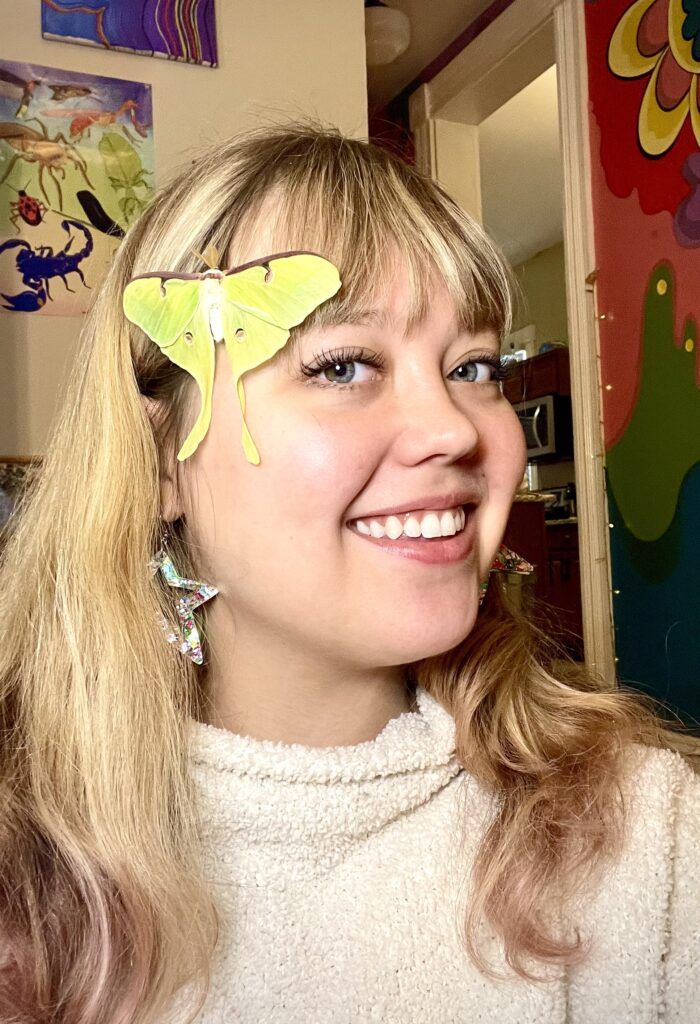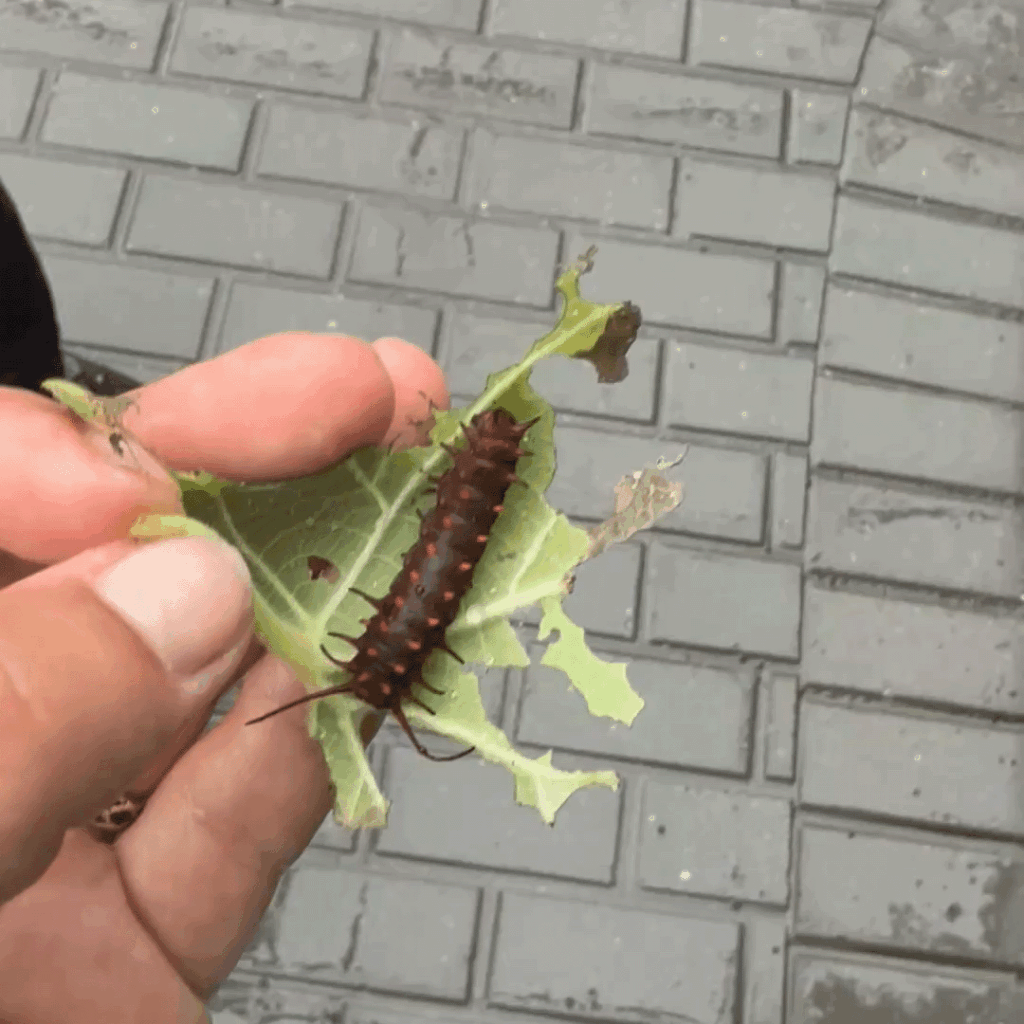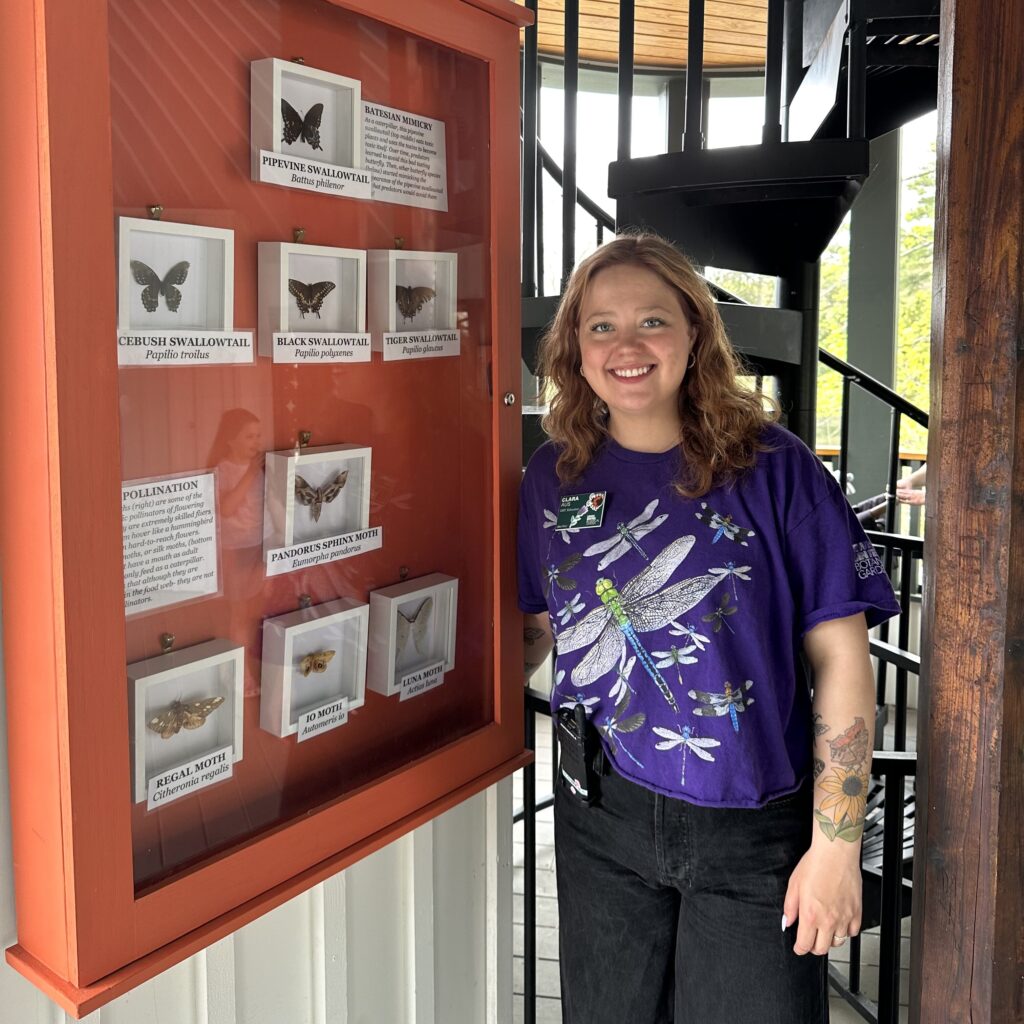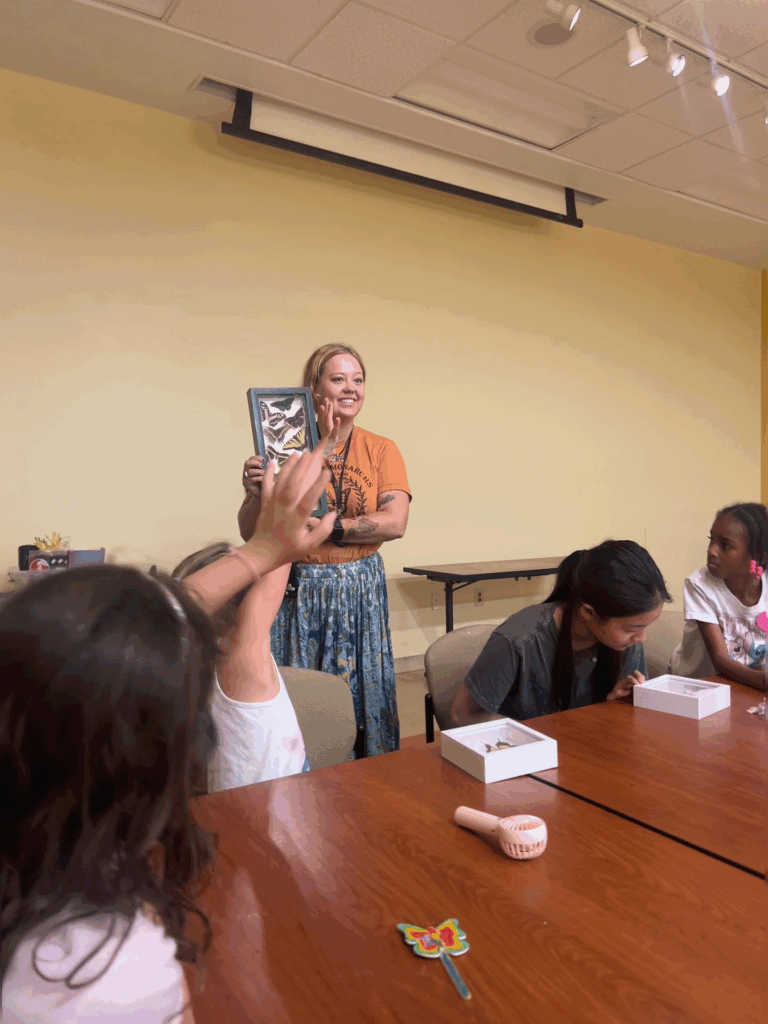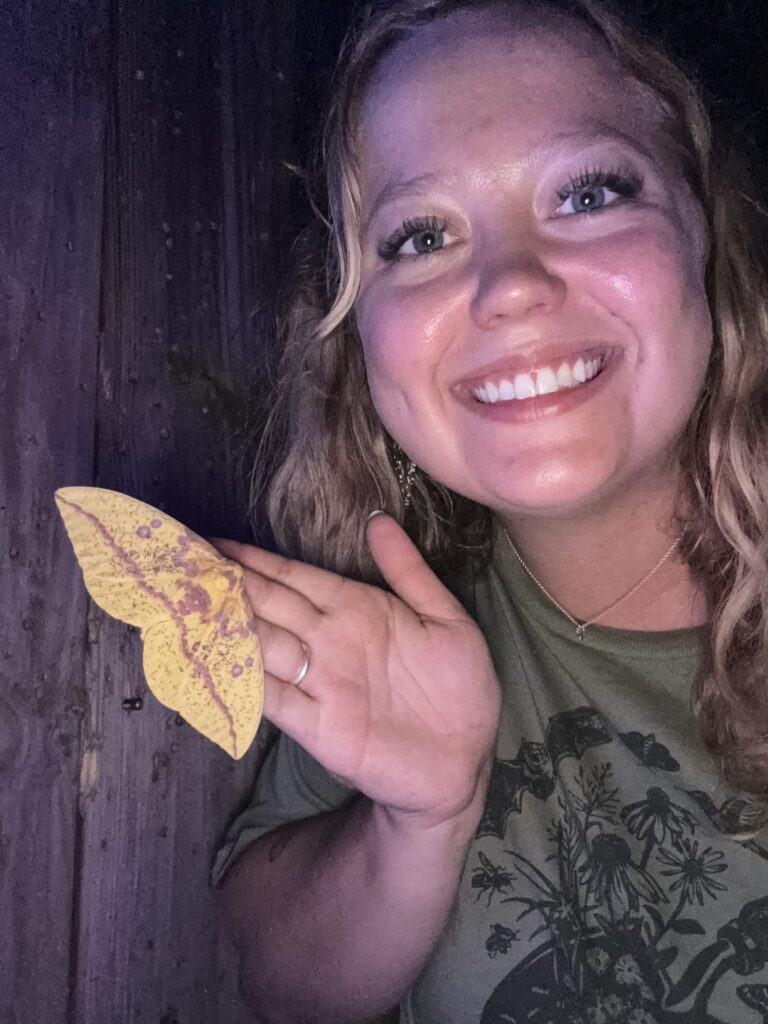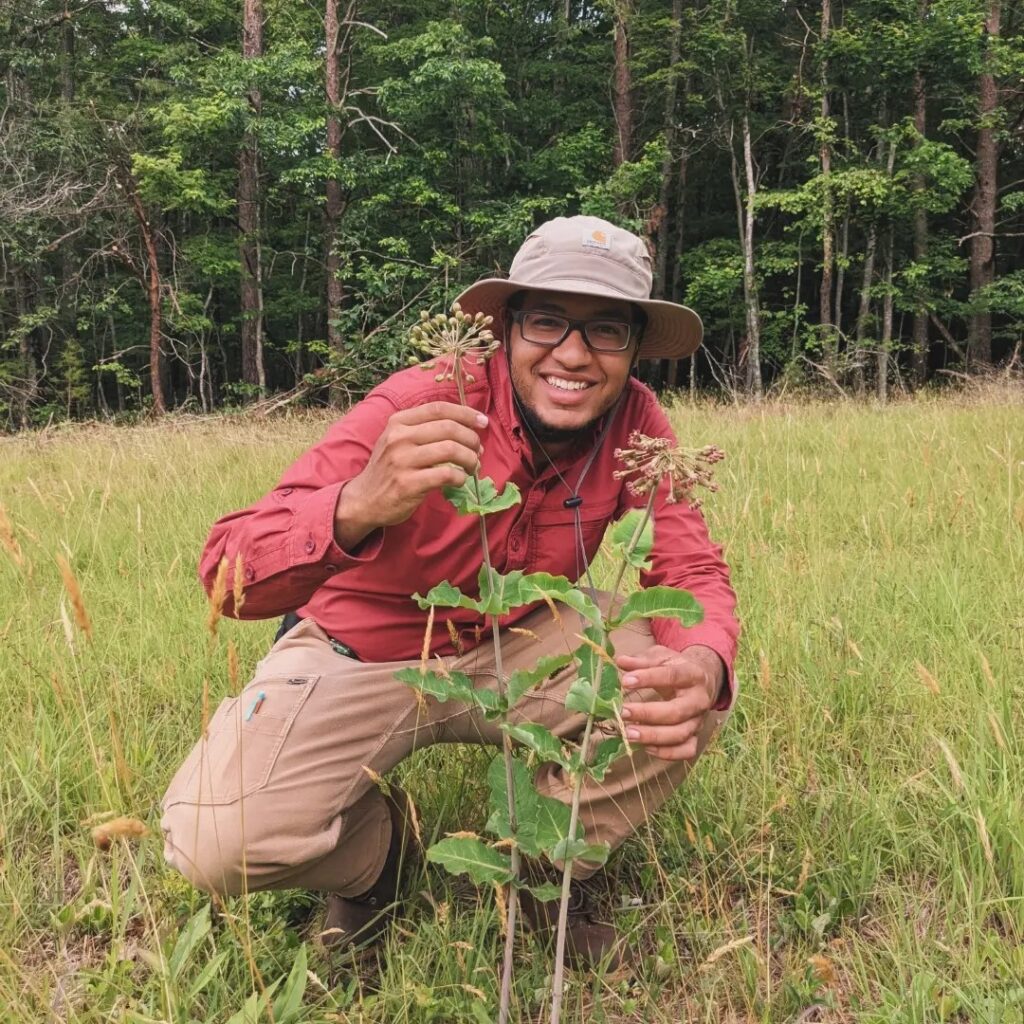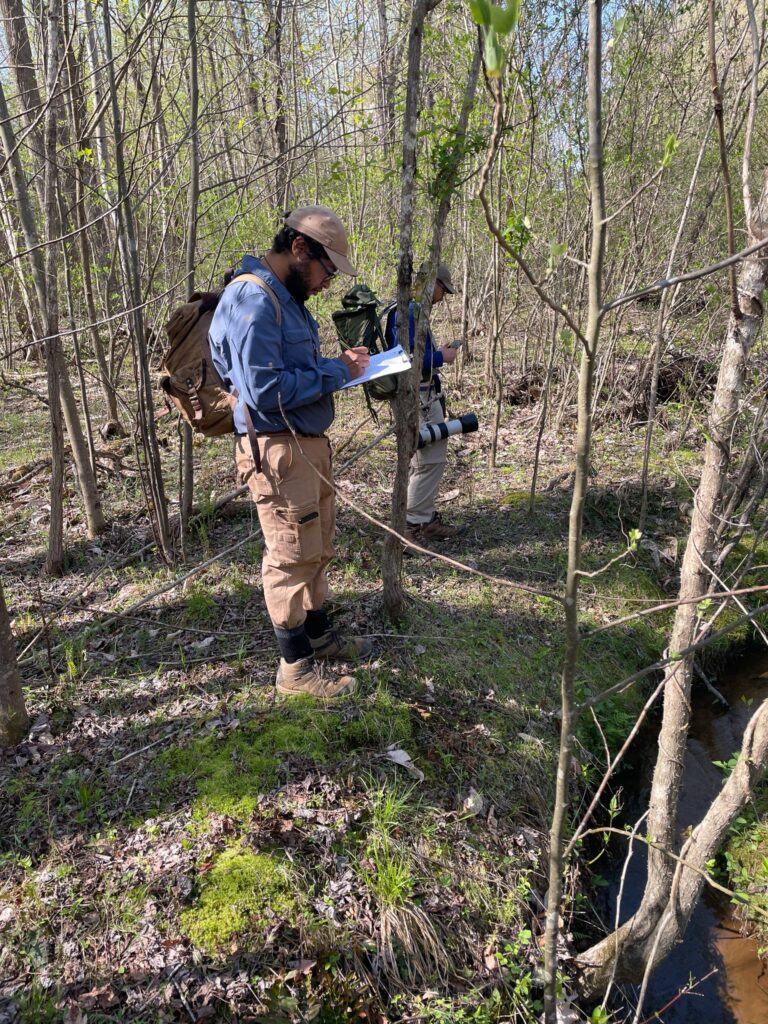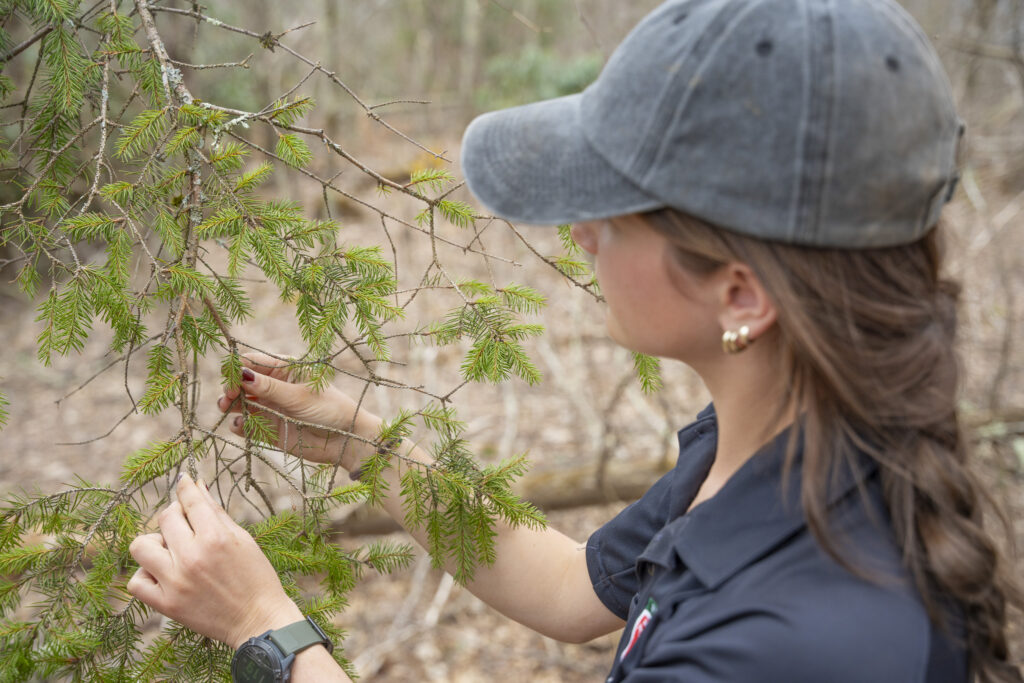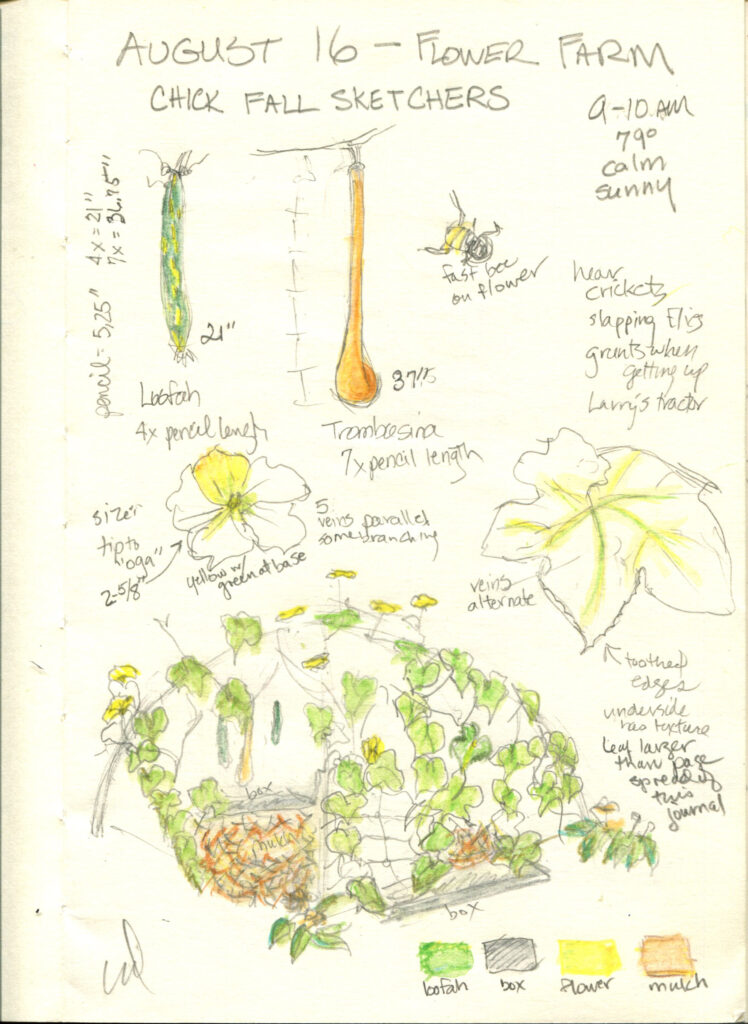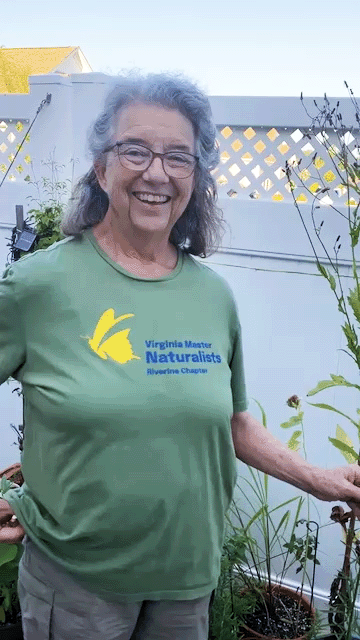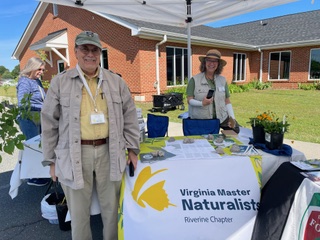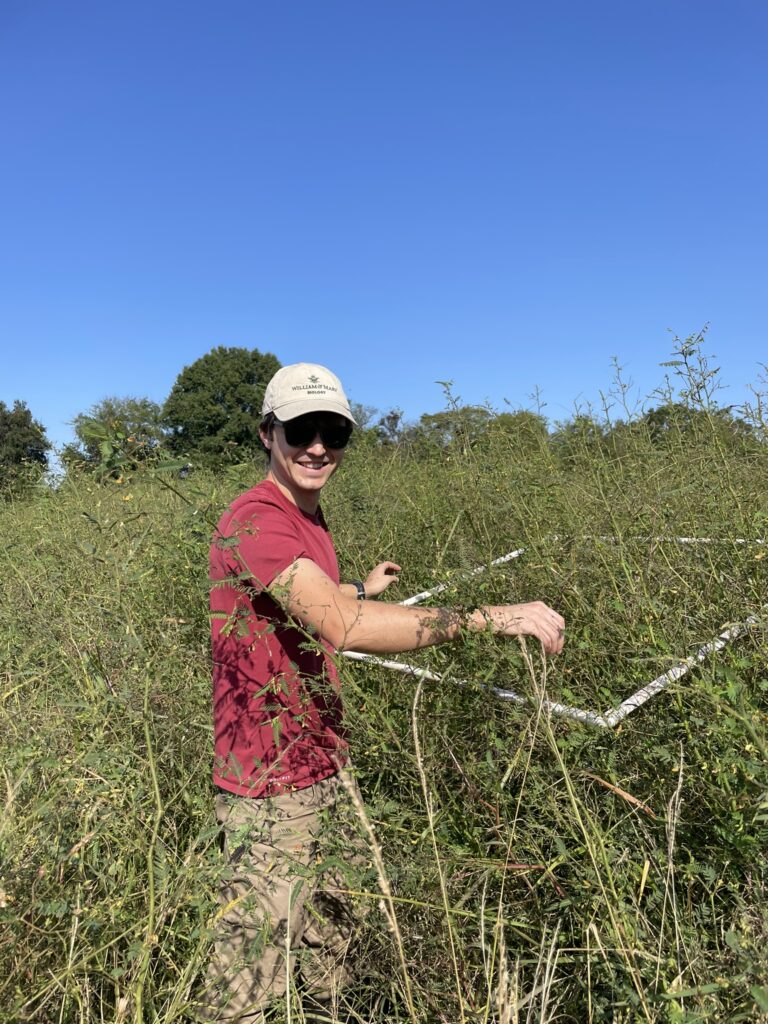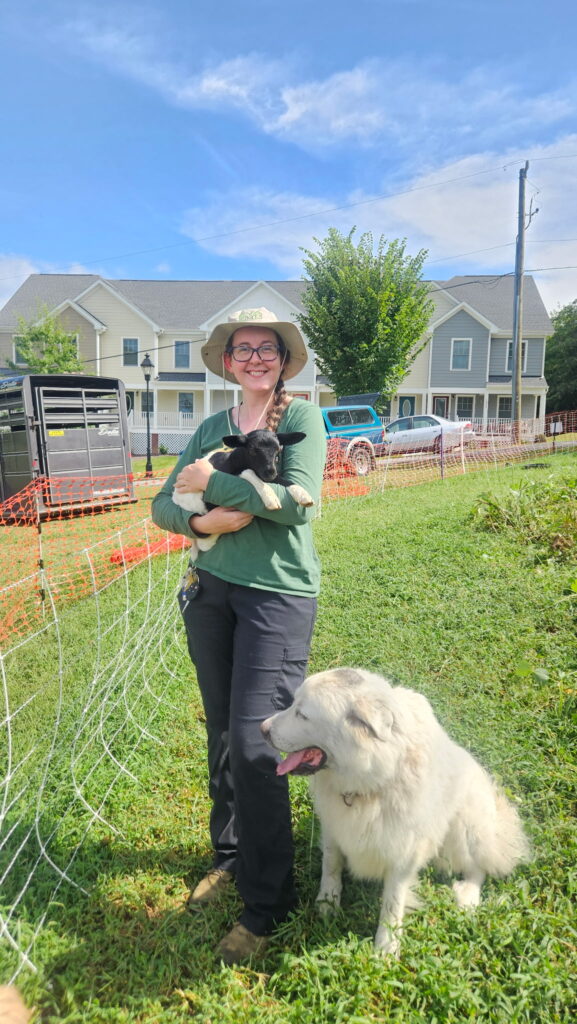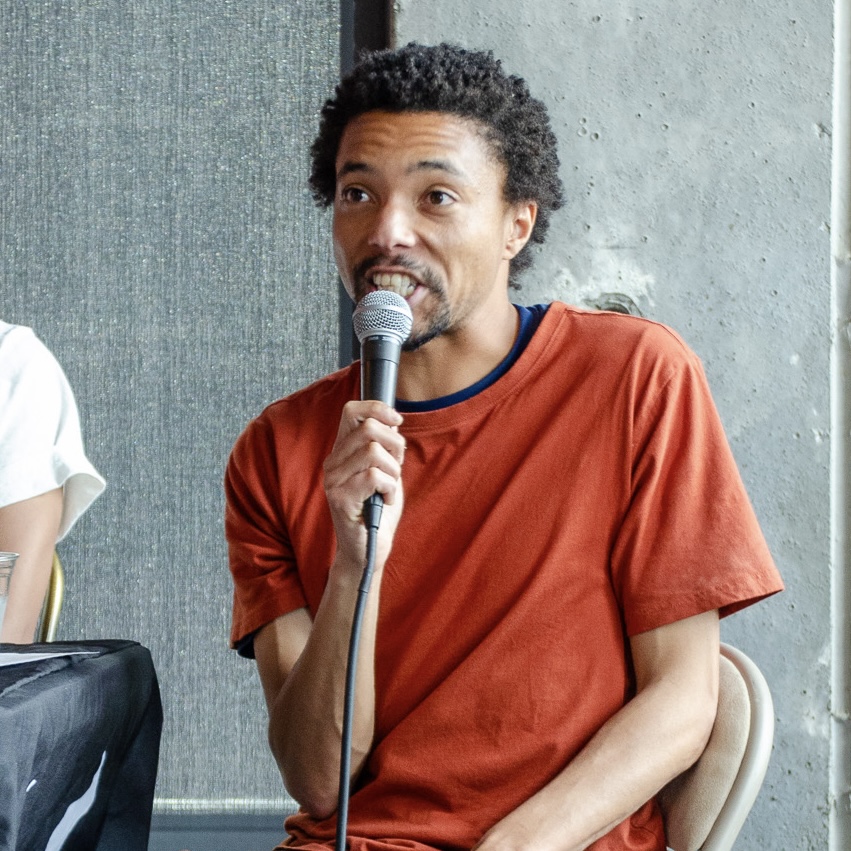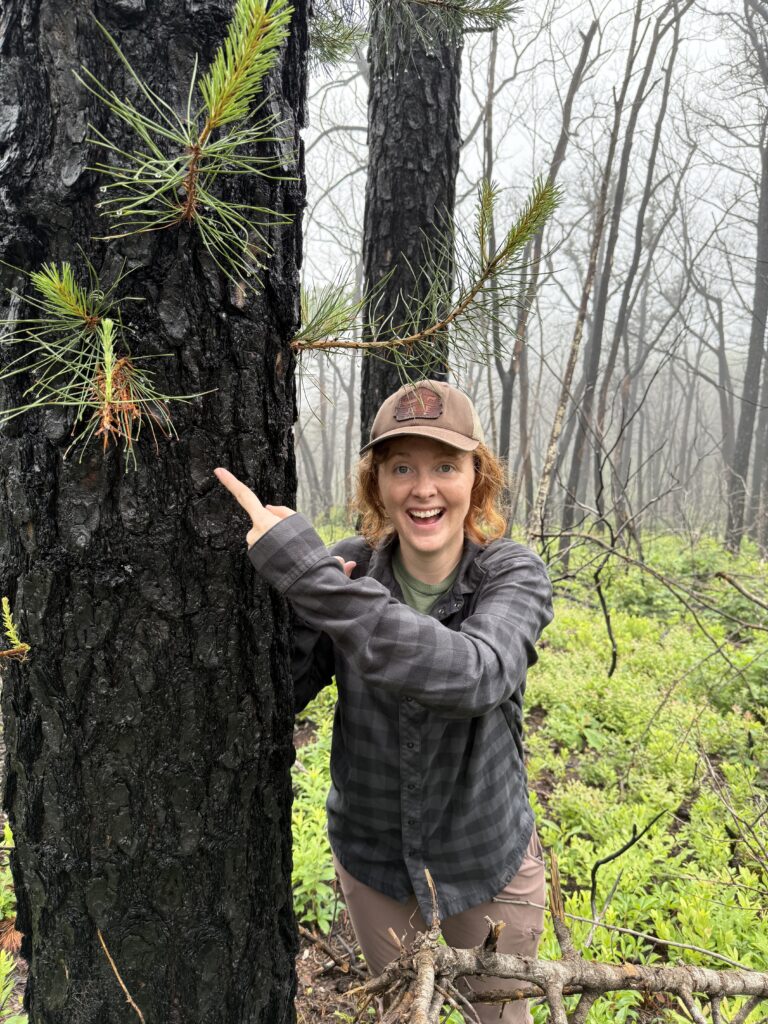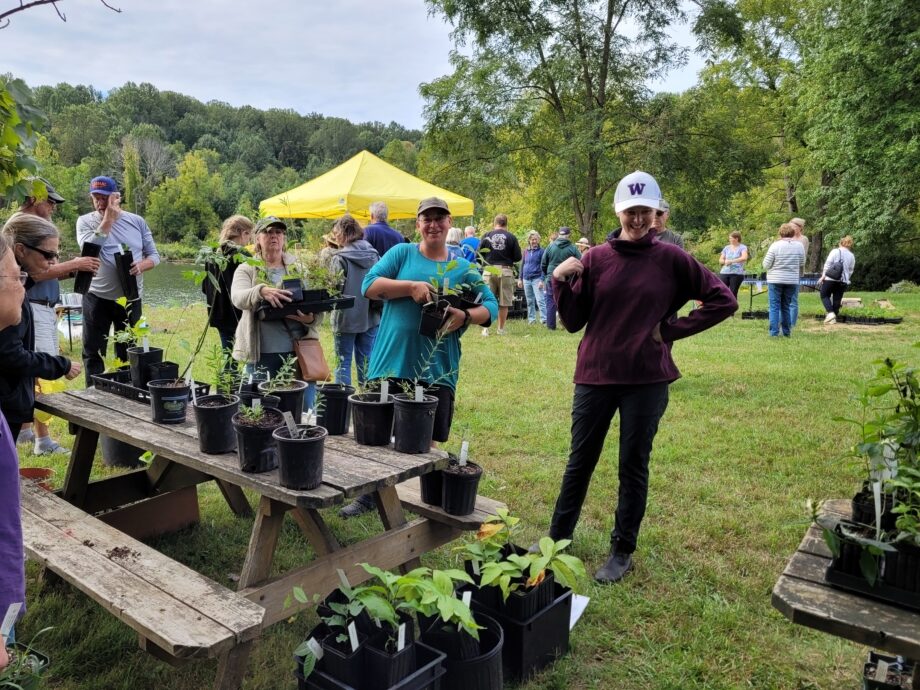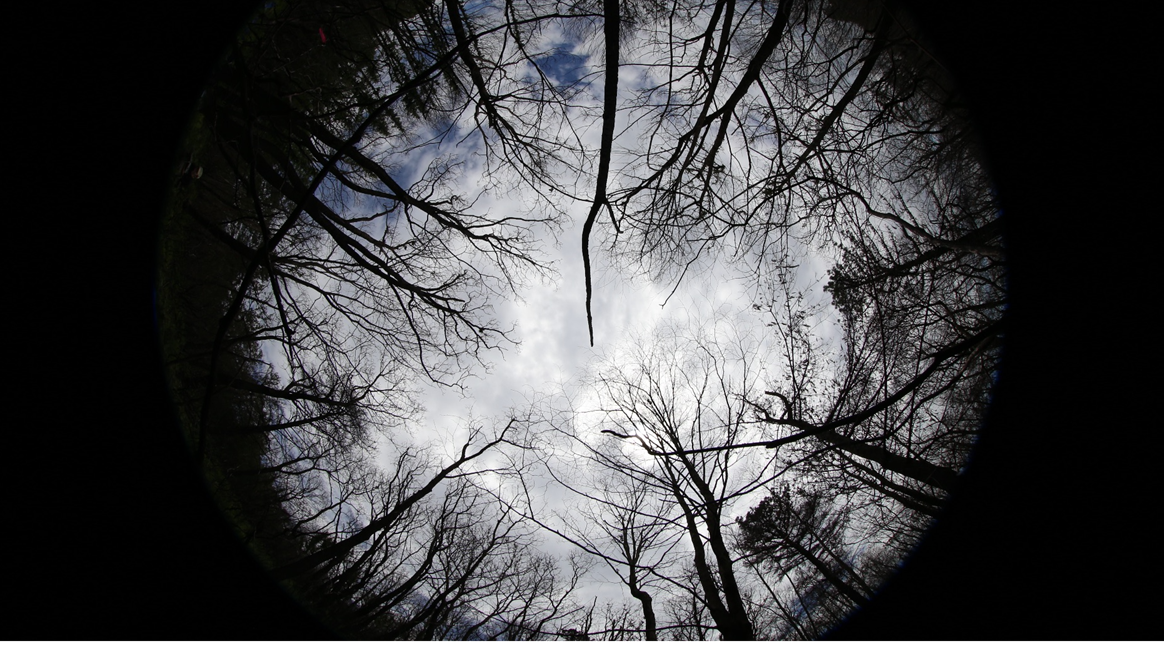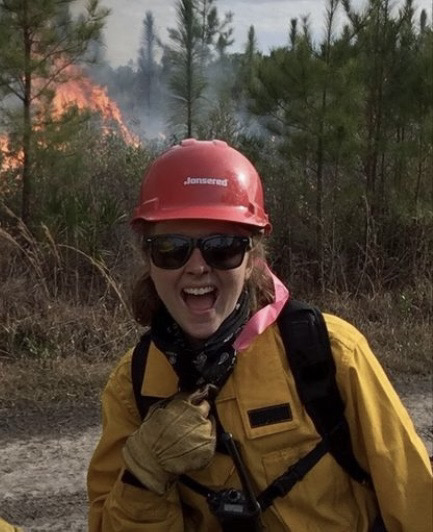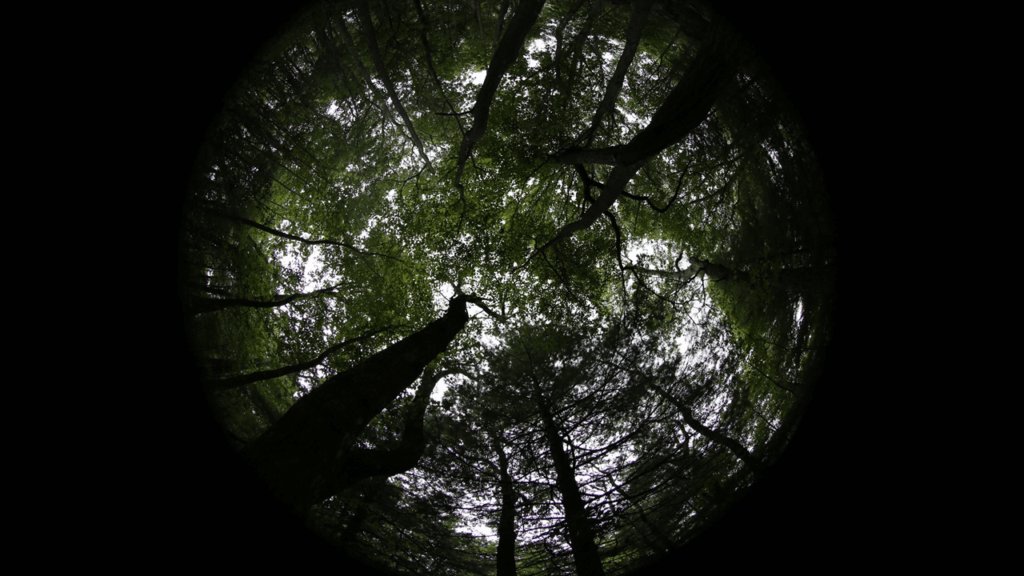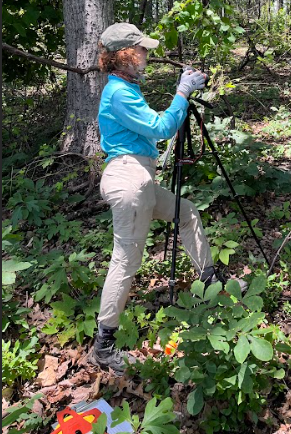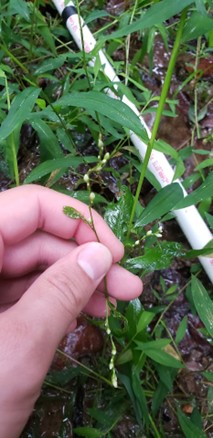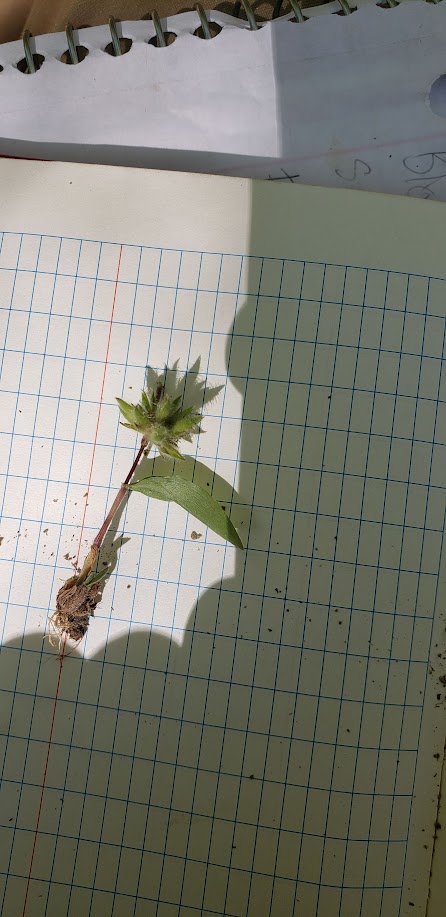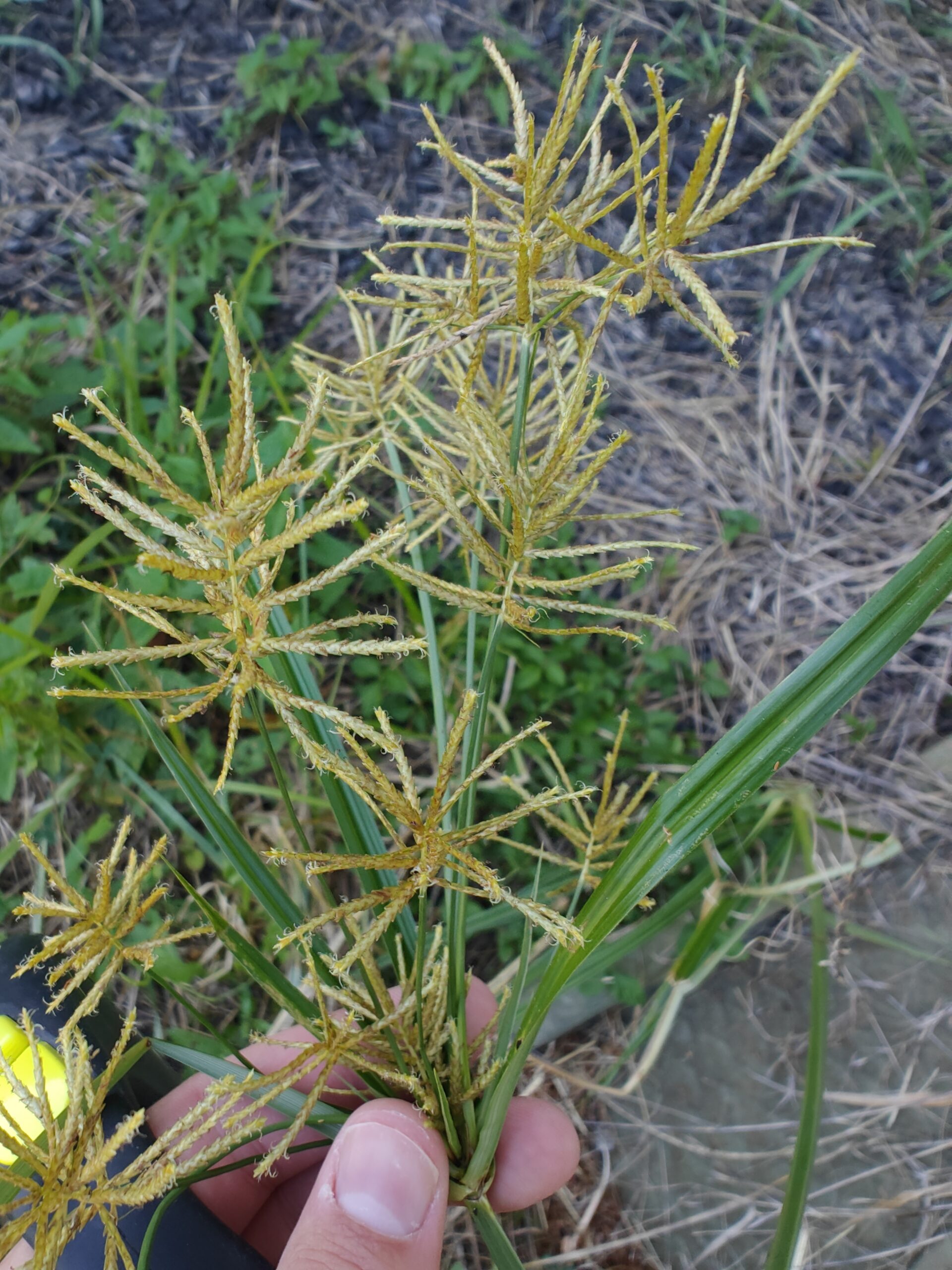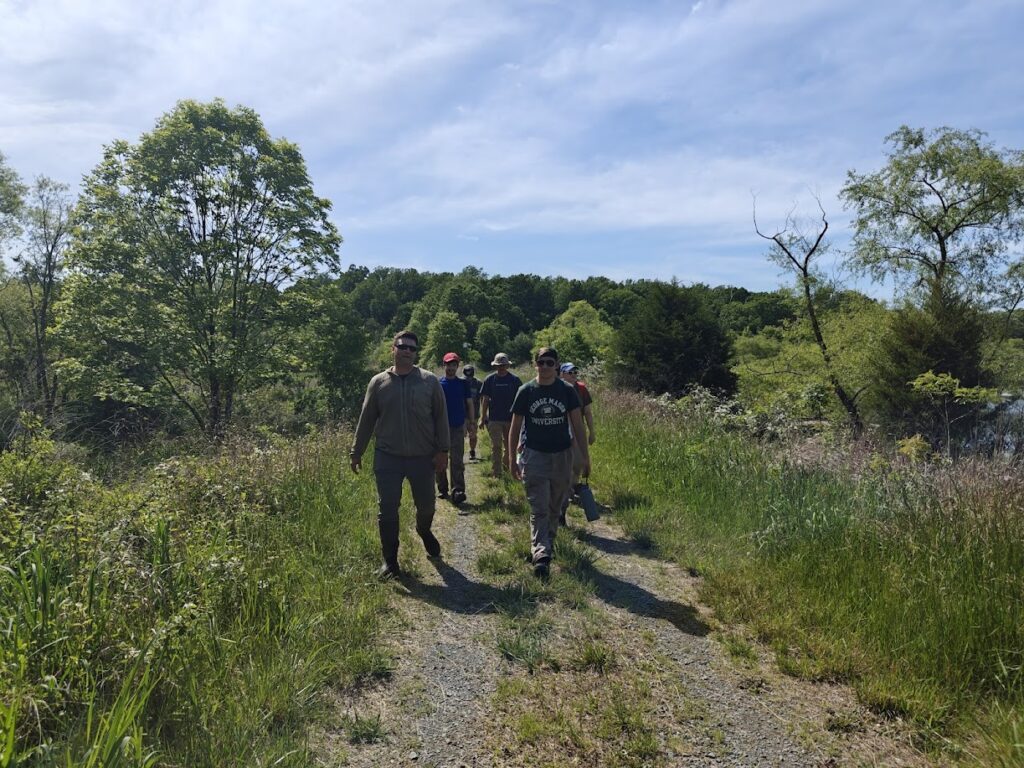Flora of Virginia publications are used by botanists, ecology and environmental professionals, educators and enthusiasts in their work to protect Virginia’s spectacular biodiversity. But how much do you know about the work they are doing?
All of these folks rely on the Flora of Virginia Project for the most current, accurate and in-depth information about Virginia’s flora. To help meet these requirements, we are migrating to a custom database on the FloraQuest platform and gearing up for a data update when the move is complete.
Please DONATE so we can
Keep the Science Current.
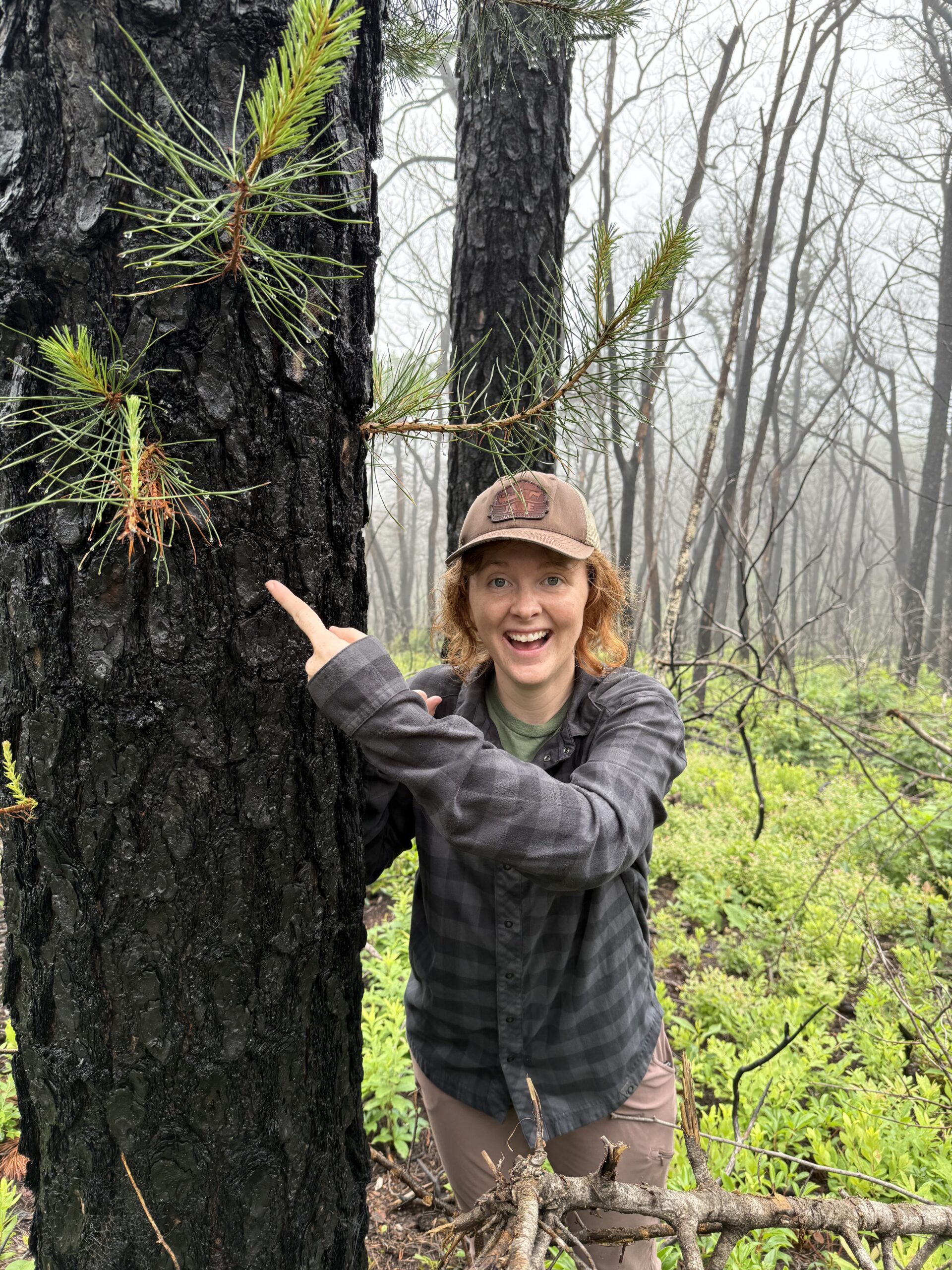
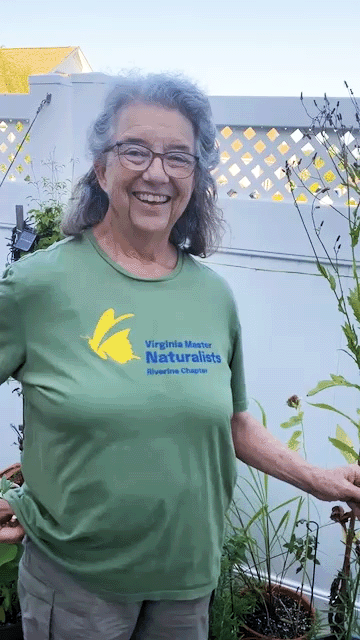
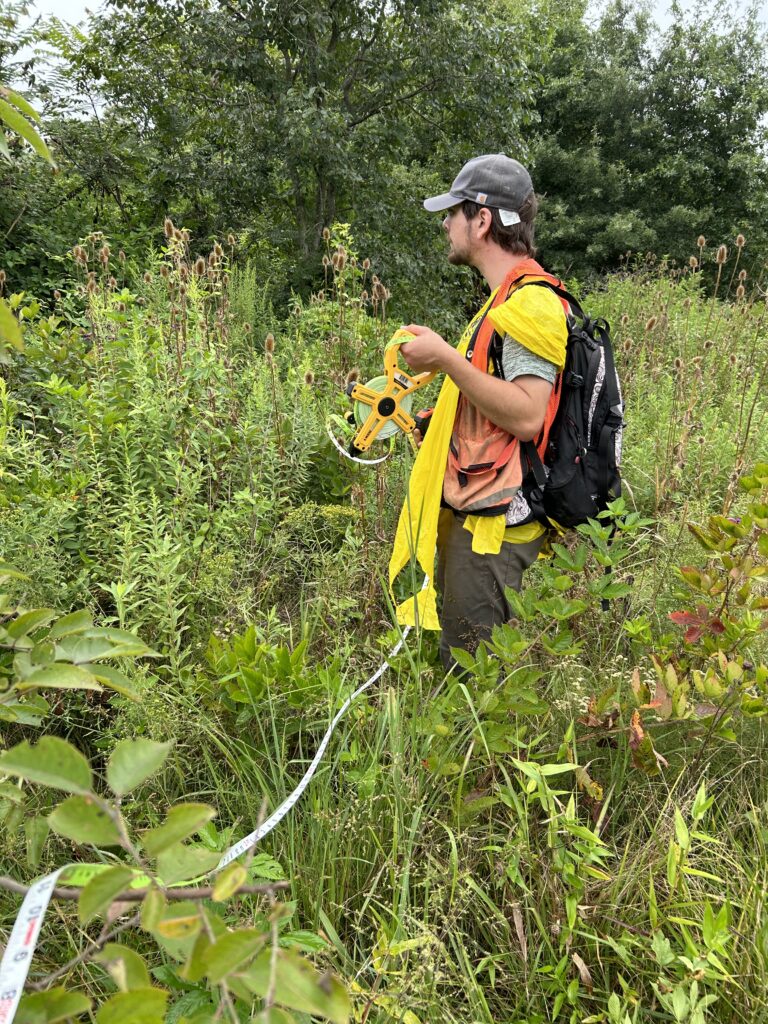
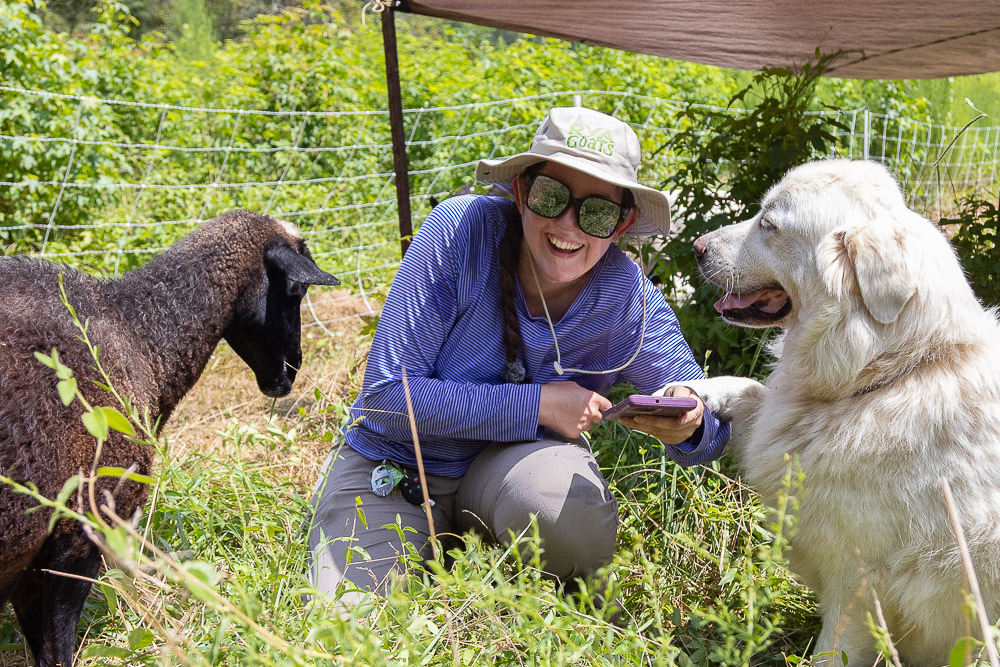
As a lepidopterist and nature educator, I regularly use the Flora of Virginia App to support both fieldwork and teaching. When I’m in the field identifying butterflies and moths, especially at the caterpillar stage, the app is an invaluable tool. Because many caterpillars rely on specific native host plants, identifying the plant they’re feeding on is often the first step in narrowing down the potential types. Once I’ve identified the plant, I can use morphology to confirm the caterpillar’s exact species.
In my educational work, the App plays a key role in teaching students how to use a dichotomous key and recognize native plants. I incorporate it into nature walks, workshops, children’s programs, and citizen science projects. These hands-on experiences help learners understand plant biodiversity and the ecological connections between species. Overall, the Flora of Virginia App improves the accuracy of my fieldwork and strengthens the impact of my educational outreach.
See Clara at work on Lewis Ginter Botanical Garden’s Instagram Stories.
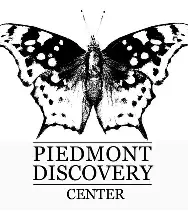
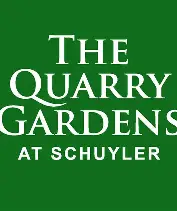
Learn more about the Piedmont Discovery Center and their programs at the spectacular Quarry Gardens at Schuyler.
Follow David and all of his Piedmont Discovery Center colleagues.
As a natural resource manager, the Flora of Virginia App has become an essential tool in my daily workflow. I first learned of the Flora App in 2021 when I joined Piedmont Discovery Center’s Piedmont Grassland Assessment team. The Piedmont Grassland Assessment involves driving rural roads of the Virginia Piedmont searching for old-growth grassland plant communities. These ancient grasslands were once widespread across Virginia’s pre-colonial landscape. To spot these priceless remnants on roadsides and in powerline right-of-ways, it was essential to quickly learn to identify the conservative native plant species that compose them, especially to be able to distinguish between the multiple species in complex genera like Solidago, Eupatorium, and Pycnanthemum. This task was made much easier with the Flora App at my disposal, and I now use it daily. I identify unfamiliar plants using the Graphic Key and dichotomous keys, and check the habitats and conditions certain native plants would be expected in. I particularly enjoy the offline access when in the field. The App has only gotten more useful with the addition of the Natural Community descriptions from the Virginia Department of Conservation and Recreation. All told, this is a wonderful tool for nature lovers, researchers, and land managers. My colleague Drew shows you how we use the Flora App in our work in the video below.
I discovered the Flora of Virginia App in graduate school while I was lugging around the large Flora of Virginia to identify herbaceous plants in my early successional plots — the App is much easier to carry around!
Now, I use the Flora App for a multitude of reasons as Research Program Manager at the Virginia Department of Forestry. It gives me up-to-date county distribution maps, dichotomous keys, conservation rankings and the native status of a species. One of the most important attributes is the accessibility to quality ecological data even when I am deep in the woods and far from service.
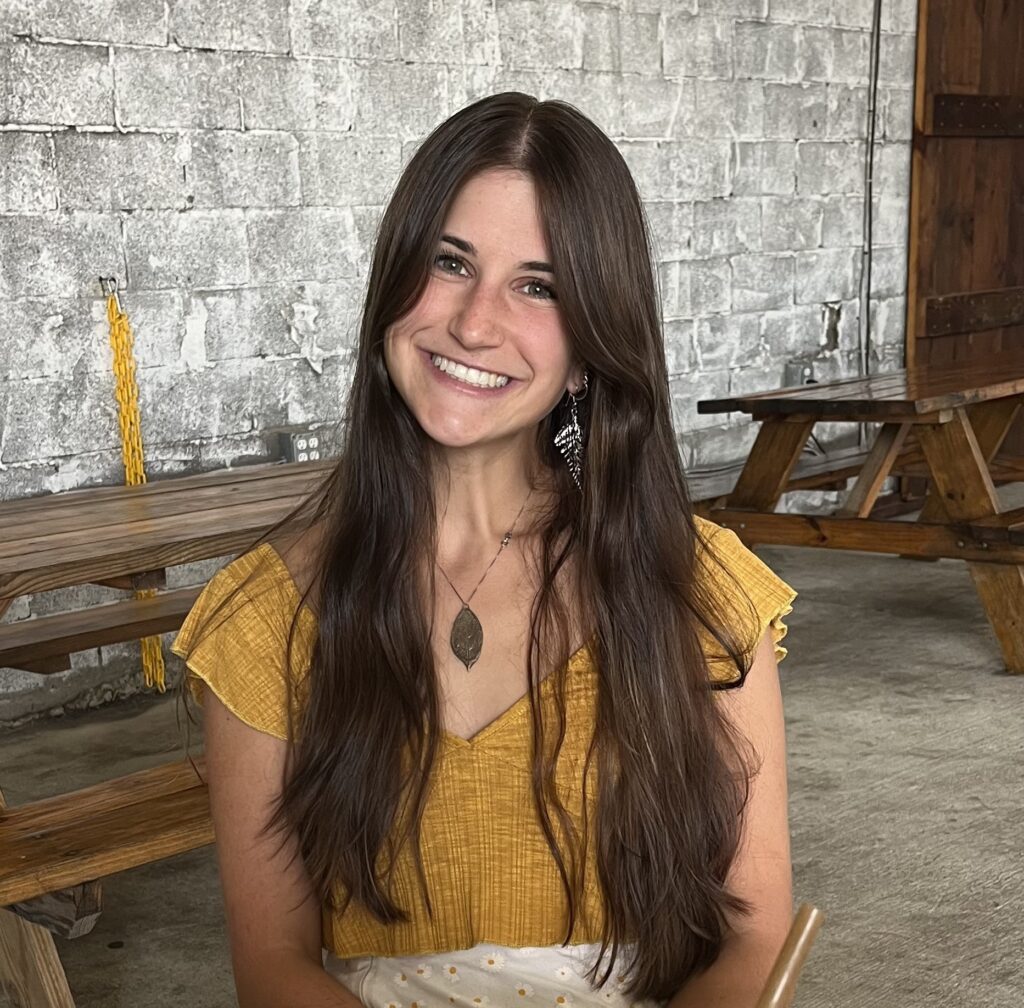
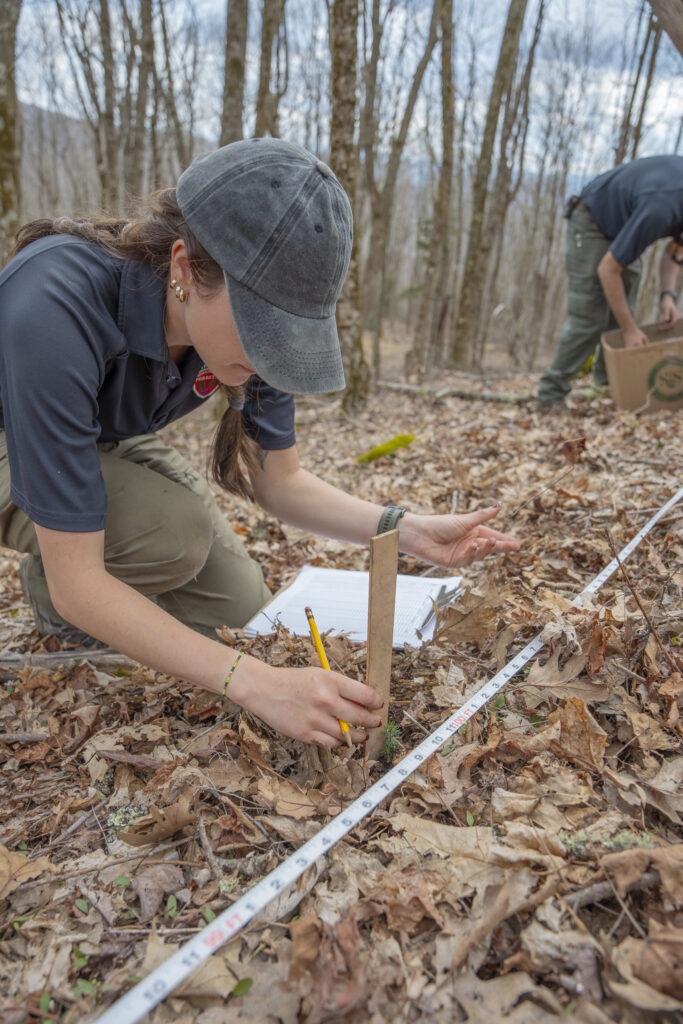
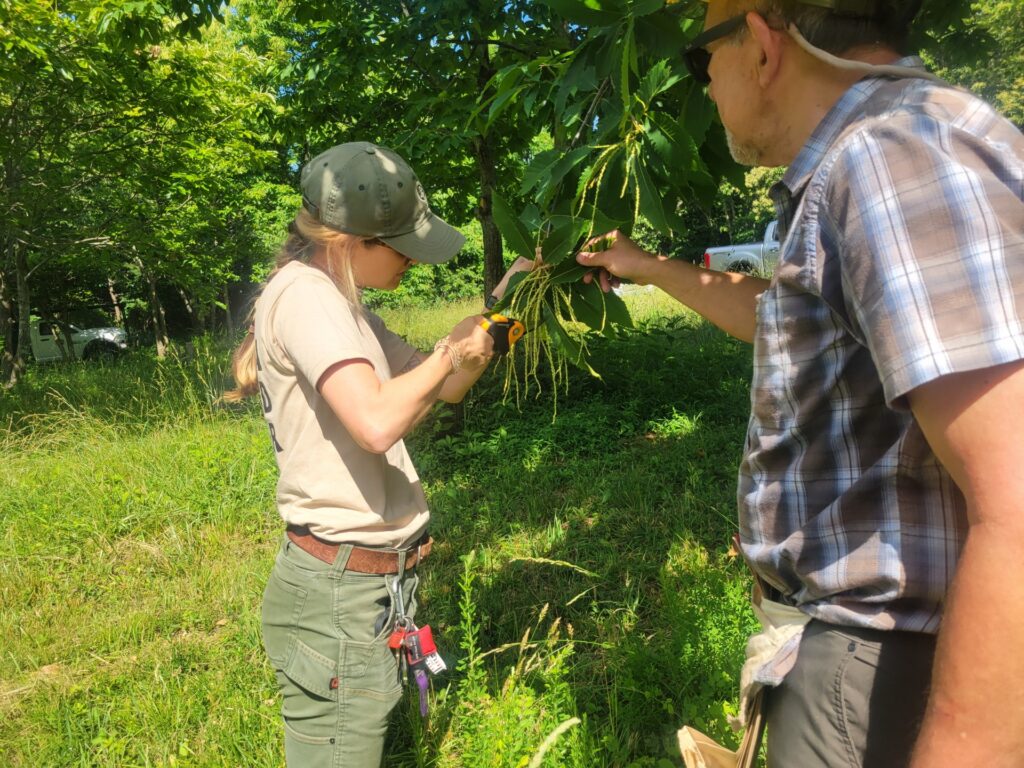
I am Carolyn Duckworth, a Flora of Virginia Ambassador and Virginia Master Naturalist in the Riverine Chapter. I use the Flora App in a number of ways, including identifying plants in my community’s wildflower areas; leading flora walks and other programs that educate attendees on the importance of biodiversity and the role native plants play. I particularly enjoy showing others how easy it is to use the Graphic Key and to build and save native plant lists. The App is also incredibly valuable for providing botanical details to my journaling pages. I present and lead conferences regularly on using field journals in education and advocacy across the Commonwealth, including at the 2025 Virginia Master Naturalists state conference just a few weeks back.
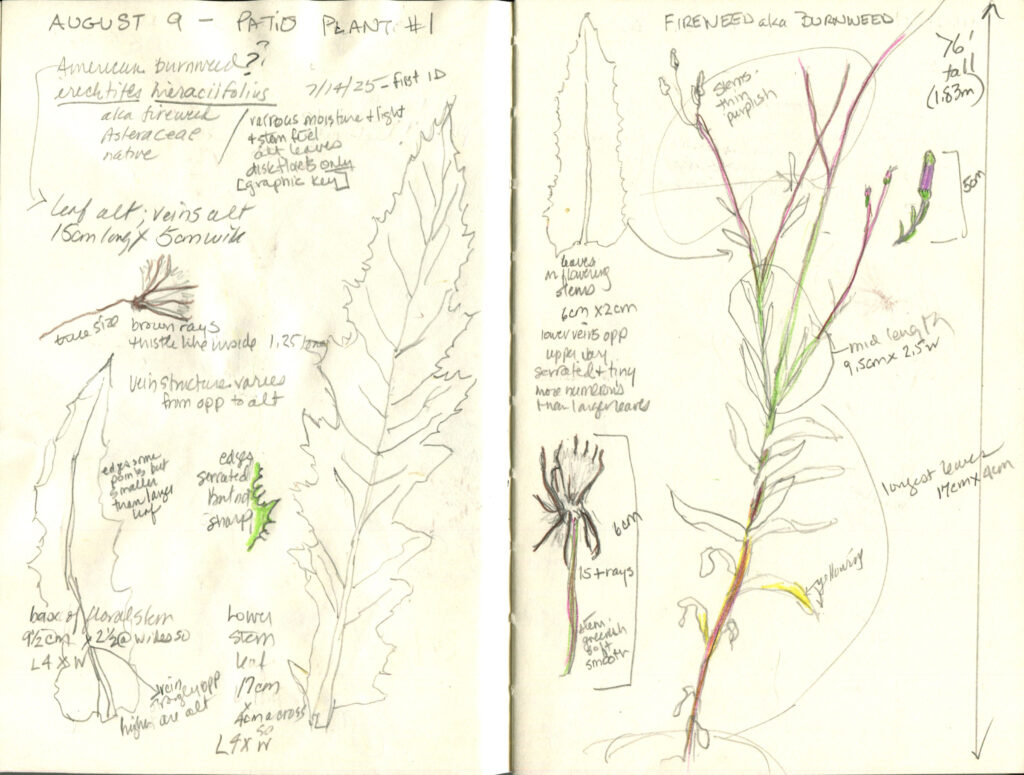
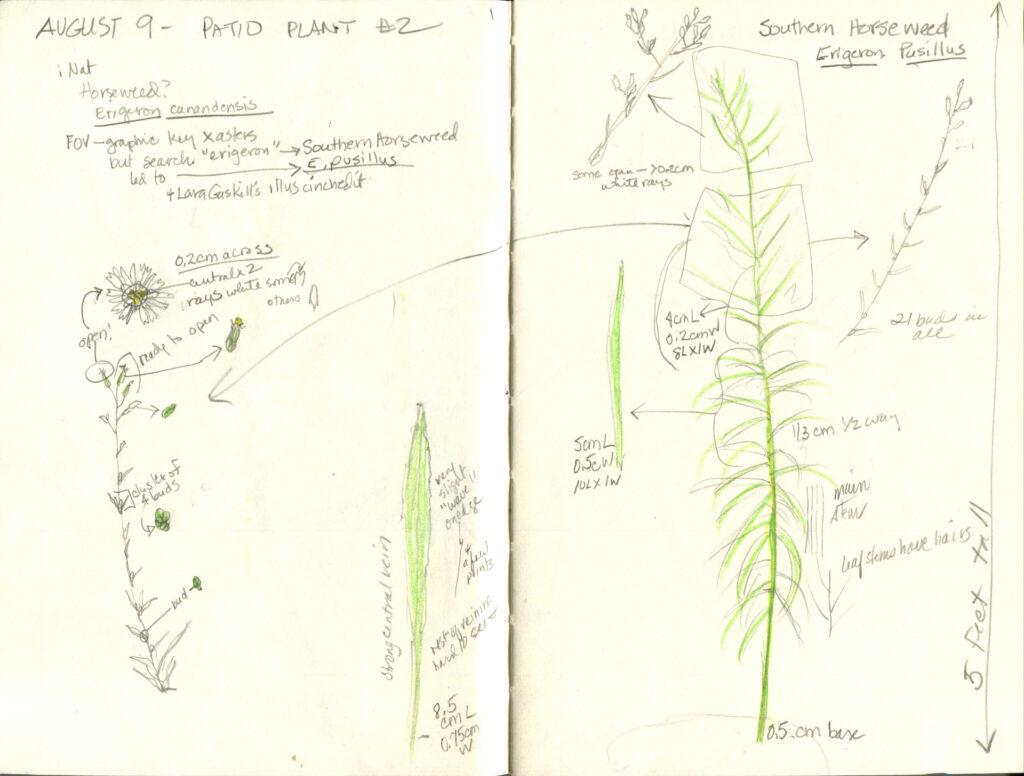
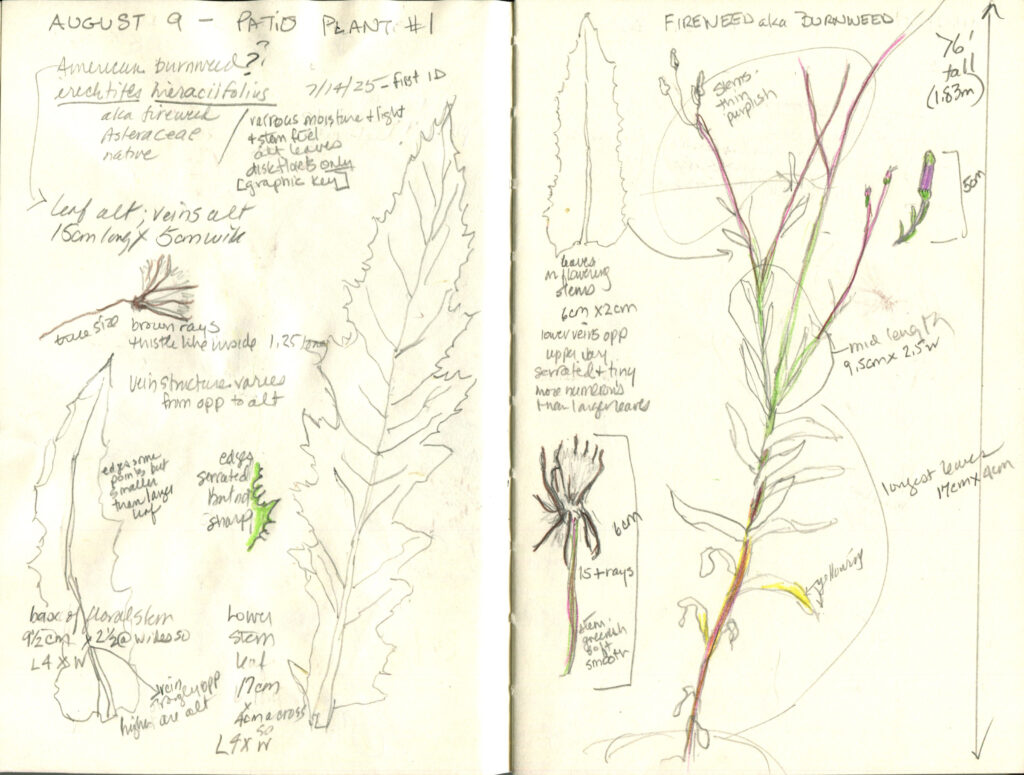
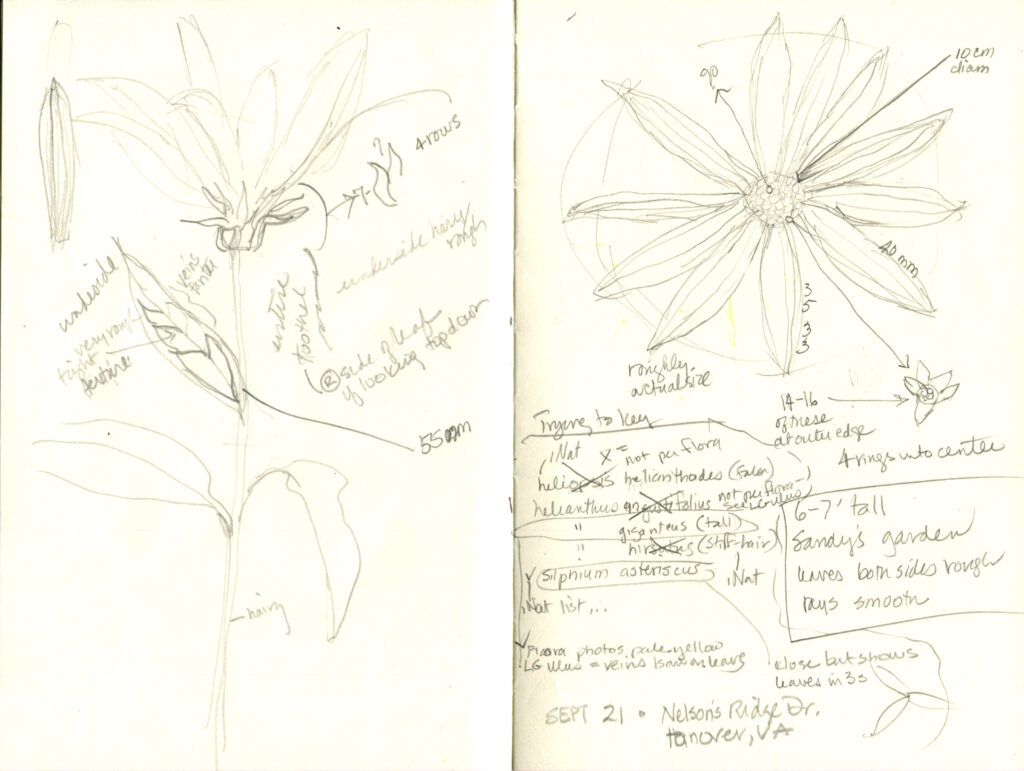
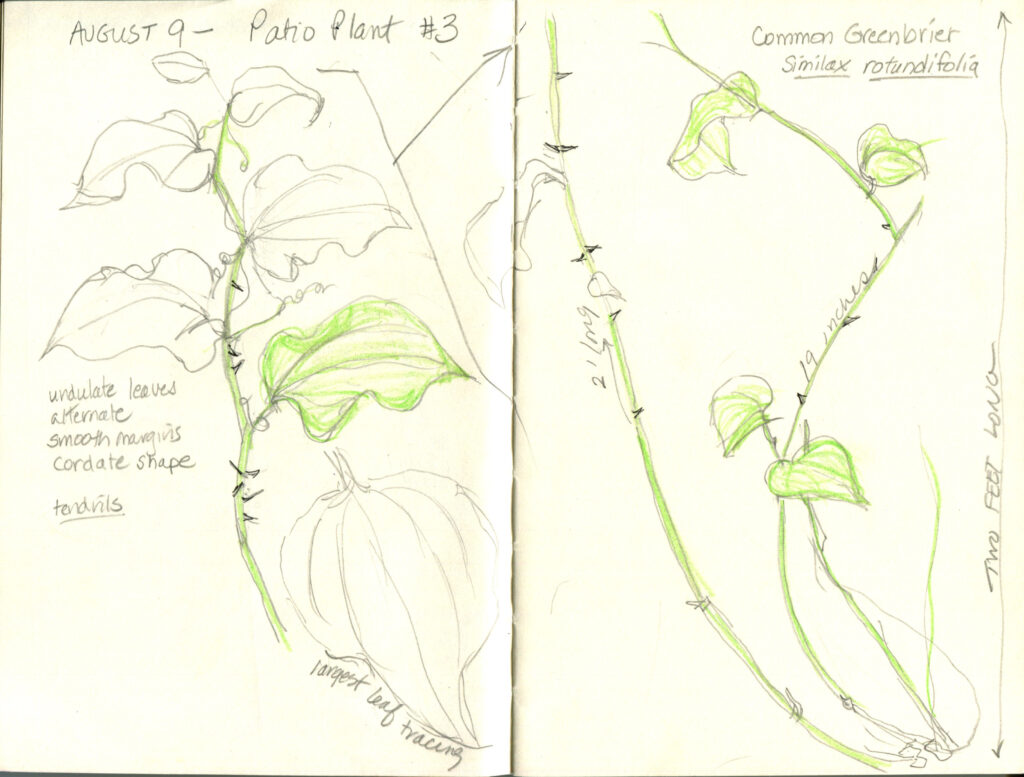
Sam Dutilly
M.S. Candidate, College of William & Mary Department of Biology
Environmental Consultant
2025 VAWP Student Research Scholarship recipient
M.S. Candidate, College of William & Mary Department of Biology
Environmental Consultant
2025 VAWP Student Research Scholarship recipient
I first discovered the Flora of Virginia in an undergraduate class on native plant identification. It was a required App for the class and so I purchased it hoping it would be worth it. Little did I know that I would go on to use it in every one of my academic and professional projects in the time since.
The Flora of Virginia App is hands down the most accessible, easy, and clear plant resources I have ever used. It condenses a 7-pound book into something that I can easily use in the field and on the go from my phone. I have used it to identify vegetation for research projects into community science, restoration ecology, floristic inventories, rare plant surveys, and for plant conservation projects. It was even a useful reference for broad plant families and terminology while I was working on a plant conservation research project outside of Mexico City.
Currently, I use the App daily in my work on a floristic inventory and my broader thesis project at William and Mary supporting the Rappahannock Tribe’s conservation goals while contributing to rare plant ecology, with a focus on the federally threatened Sensitive Joint Vetch (Aeschynomene virginica). Additionally, any project in my professional job as an environmental consultant requires me to confirm plant identities and information about plants using the App. Having the complete guide to plants in the palm of my hand has been instrumental in advancing my knowledge and understanding of the native plants of Virginia.
Learn more about the Rappahannock Tribe’s ancestral property along Fone’s Cliffs.

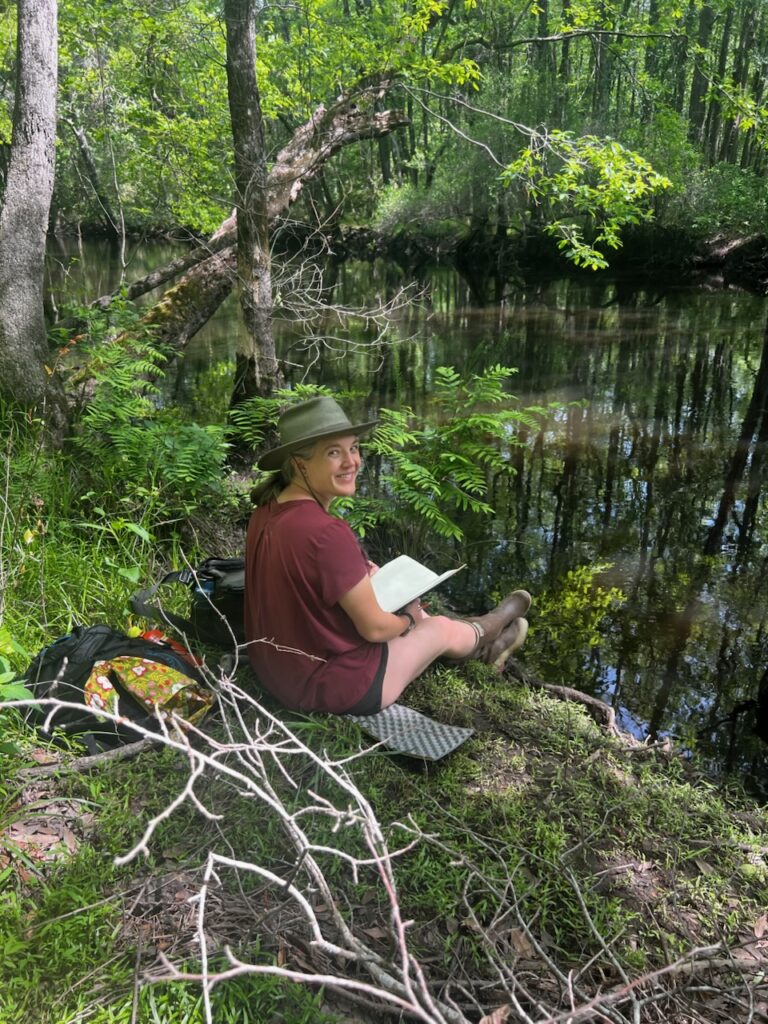
Learn more about the work we do and find nature journaling resources on the Clifton website. I hope you can join us for a meetup!
My name is Eleanor Harris and I am one of the Co-Directors of the Clifton Institute, a nature center and research field station in Warrenton. I am a naturalist, educator, scientist, and nature journaler. I use the Flora App in all of those roles, but I especially love using it while I’m nature journaling. By nature journaling, I mean writing and drawing in order to learn about nature. I love documenting new-to-me plant species in my journal and one of my favorite things to do is to work through a dichotomous key in the App and illustrate questions as I go. Using a key and drawing both make me look more closely at the plant than I otherwise would, and drawing the steps of a key creates a lasting memory of how to identify the plant in the future. Not every state is so lucky to have an App like the Flora and I feel really lucky that I have access to such an incredible tool for learning about and appreciating Virginia flora.
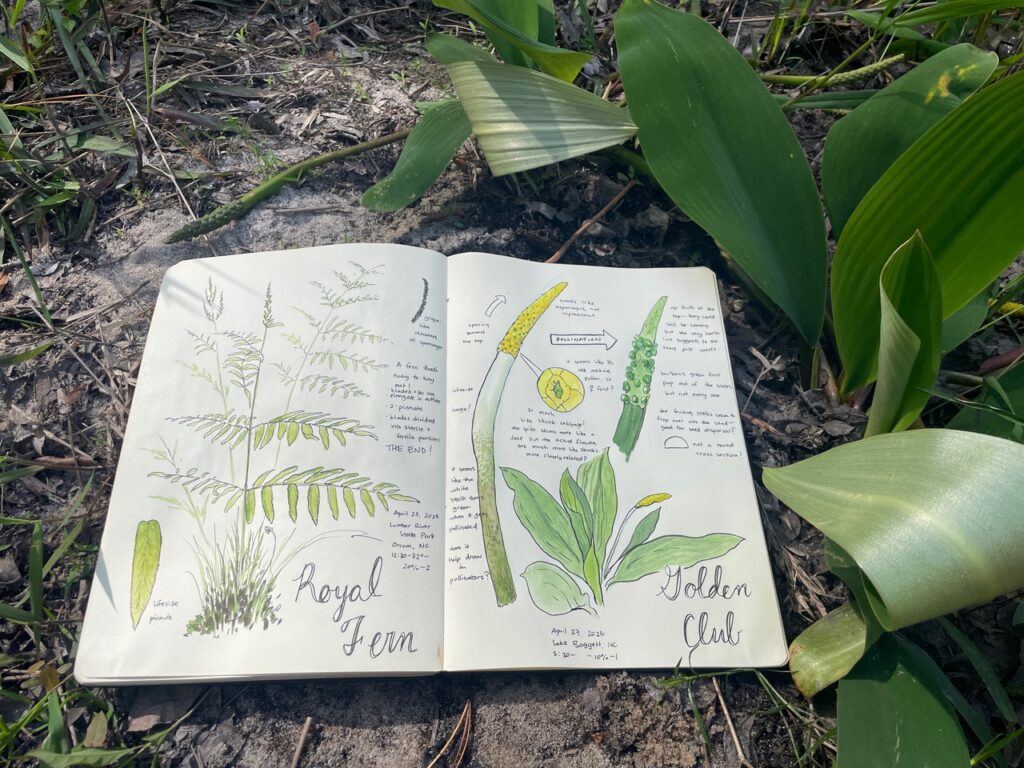
I discovered the Flora of Virginia App through the Virginia Native Plant Society a few years ago when I began learning about the importance of native plants. Since then, it has greatly influenced my journey learning and working with plants. Now, in my work with RVA Goats, I botanize ahead of the goats arrival at a worksite to make sure nothing in the area is toxic to the animals, and to get an idea of how best to help our clients manage the land they’re stewarding. In off-hours it’s also a great tool for choosing native plants for my garden, or for browsing through and learning more about local plant communities.

Will Nelson
Digital Content Strategist at Lewis Ginter Botanical Garden
Medicinal Plant Advocate
Flora of Virginia Board Member
Digital Content Strategist at Lewis Ginter Botanical Garden
Medicinal Plant Advocate
Flora of Virginia Board Member
I pursue my plant passion every day, professionally and personally. I didn’t know much about the Flora of Virginia until I was invited to join the Flora board of directors as Lewis Ginter Botanical Garden’s representative. I immediately understood the value of the App and now carry it with me always, sharing ad hoc finds on social media, and introducing Lewis Ginter Botanical Garden visitors to the amazing flora in our native plant exhibits. As a medicinal plant activist, the App helps me identify and locate plants that are important to native cultures, adding botanical data to advocacy efforts.
Flora of Virginia Project
Lewis Ginter Botanical Garden
Will is a prolific poster — follow him on Flora of Virginia and LGBG.
In 2021, I began consulting with private landowners on improving habitat for native plants for the Clifton Institute, a non-profit based in Warrenton, Virginia. The Flora of Virginia App made it easy to check a plant identification while walking around a property yapping with a landowner. I have used the App ever since, I also own Flora of Virginia.
In 2023, I started a PhD in Ecology and Evolutionary Biology with Dr. Carla Staver, spending my summers researching plant response to wildfires in the Appalachian Mountains. It is imperative that I correctly identify the plants occurring on a plot — tree species, mid-story and groundcover. I use the App to identify plants constantly even deep in the field away from any cell signal. I especially love the Graphic Key for quickly narrowing down options.
Robert Sullivan MS, WPIT
Environmental Scientist
Environmental Scientist
I was introduced to the Flora of Virginia by my amazing botany teacher, Dr. Martha Case, at William and Mary back in 2019. As soon as I expressed interest in a career in botany and botany-related work, she recommended purchasing the App as an invaluable resource, and over the past six years it has been just that. It has helped me do everything from TA-ing Dr. Case’s plant ID class, to graduate research with Dr. Doug DeBerry on invasive and native plants, to my current work as an environmental consultant. I love how accurate and quick it is to find any Virginia plant in the Flora App, and how useful it is in the field, especially on sites with no reception where it is my one and only resource for confirming what plants I am looking at. The App has some amazing features, from the Graphic Key to the ability to create and share custom plant lists. I use the Flora App in both my professional and personal life and will continue to use it for years to come. I always recommend it to other professional and amateur botanists in and around Virginia and with all the recent updates now is a great a time to start using it for all things botany in your life!
